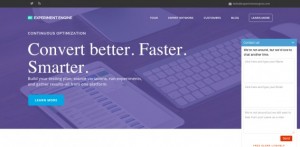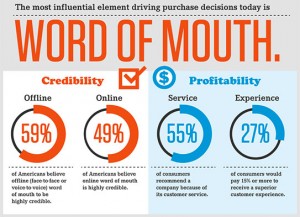Monday, May 2, 2022
My Favorite Ecommerce KPIs
I’ve worked in ecommerce since 2006, managing small and large B2C and B2B companies in various industries. I’ve relied on key performance indicators in my journey to keep those businesses on track.
What follows are the KPIs I use in my current role overseeing ecommerce for a U.S.-based lighting retailer.
Operational KPIs
Sales keep the doors open. Tracking total sales by day, month, and year enables me to monitor our overall performance, promotional efforts, conversion tactics, and more.
Profit is the second most important metric, closely tied with sales. Profit indicates pricing strategies, overhead efficiency, shipping tactics, inventory choices, and more. Selling products is fruitless if I cannot cover the costs.
Backorders and cancellations are critical to daily operations, especially in the current lighting and furniture industry with supply-chain disruptions. I can’t sell items that aren’t in stock, nor is it practical to advertise goods on backorder.
Marketing KPIs
Conversion rate is the percentage of sales transactions to visitors. If in a month we have 500 transactions from 10,000 visitors, our conversion rate is 5%. Best-in-class conversion rates can differ by industry, but they generally range from 2-10%. Poor conversion rates can signal mismatched marketing, website glitches, confusing checkout, or expensive shipping.
Return on ad spend is the percentage of advertising costs to the gross profit generated. An ad campaign costing $10,000 that generates $30,000 in gross profit has a ROAS of 3:1 or 300%. Advertising is essential for exposure and customer acquisition. However, ineffective campaigns can quickly lose money, producing a negative ROAS.
Followers and likes are critical social media metrics. A growing number of followers and likes signals an engaged audience — likely buyers of my products.
Email open- and click-rates are must-watched metrics given the importance of that marketing channel for most ecommerce businesses. Open rates, however, are less reliable given Apple’s iOS 15 privacy changes last fall. Nonetheless, merchants who rely on email for sales must monitor the engagement of their list and adjust offers, frequency, and creative as needed.
Attribution tracks the source of sales, such as Facebook ads, affiliate marketing, Google organic search, or email. Knowing the source of revenue helps with promotional decisions — which channels to focus on — impacting ROAS, conversion rates, and more.
Less Important KPIs
Impressions are among the oldest KPIs and one I typically ignore. Impressions are the number of times consumers see your content on any channel regardless of whether they clicked on it. But impressions without conversions are useless. This metric is worth checking occasionally, but it holds little value.
Bounce rate is the percentage of visitors who land on a page and immediately leave. A high bounce rate could indicate problems with the page or a misleading ad. It could also mean the page quickly solved a visitor’s need. Some observers define bounce rates as the percentage of visitors landing on a page and leaving without clicking another despite their time-on-page. But that ignores engagement — a visitor could spend an hour on a page and then leave. Hence, bounce rates are good to know but not critical.
(30)
Report Post






